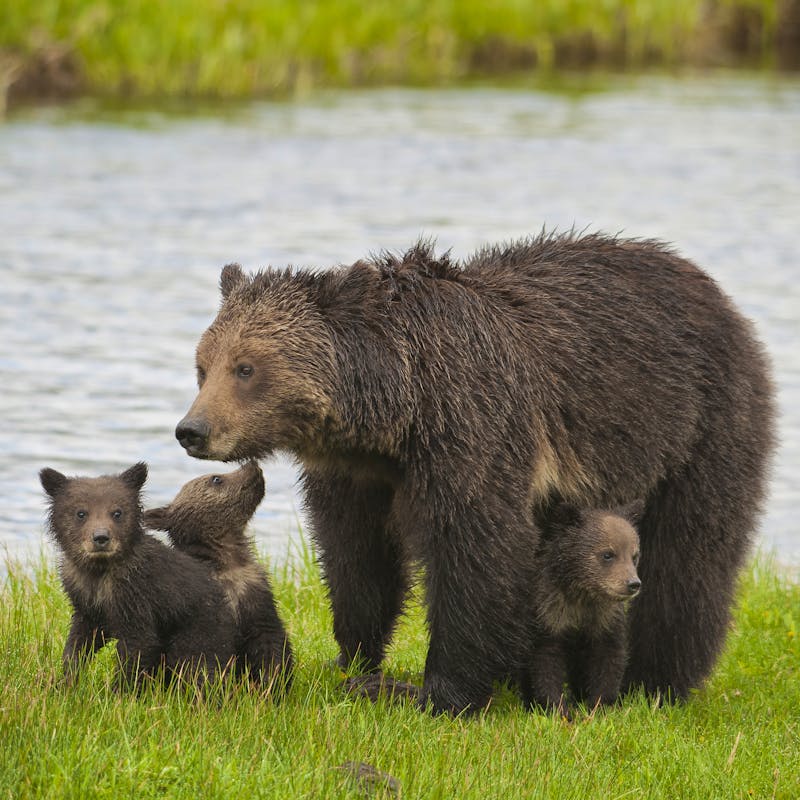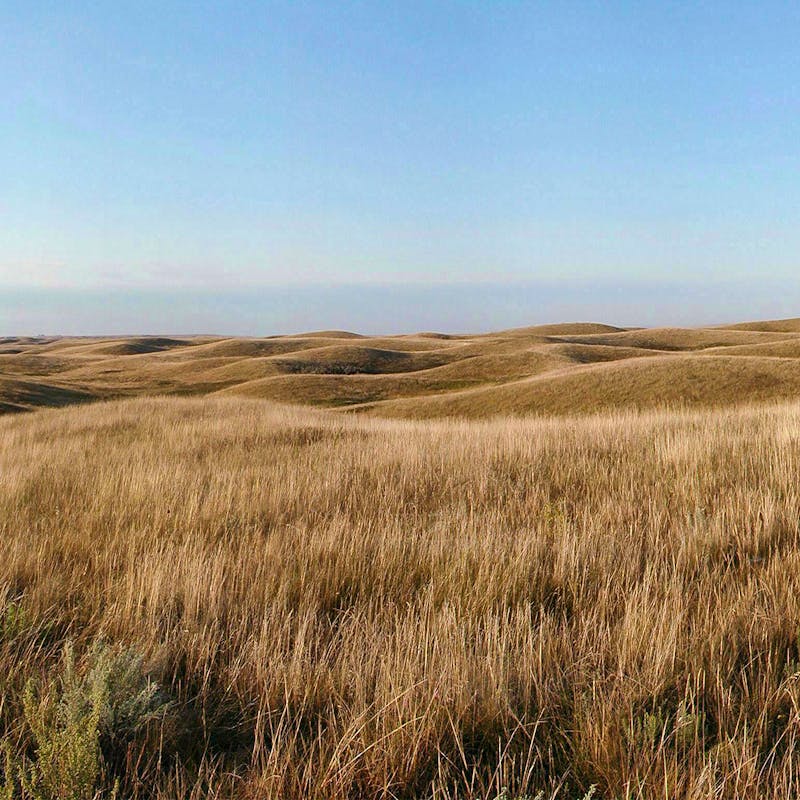Join our mobile Rapid Response Network!
You can be the first to hear about how we’re going to hold this administration accountable and how you can fight back for wildlife!
Swift foxes’ slender bodies and small size allow them to reach speeds up to 30 mph.
These foxes are native to prairie grasslands of the Great Plans and considered an indicator species, telling us a lot about the health of the ecosystem. They need large, unbroken expanses of short-to-midgrass prairie and healthy prey populations to survive.
Why are swift foxes imperiled?
Swift fox numbers declined precipitously in the late 1800s, mainly due to poisoning intended for coyotes and wolves, and the loss of grassland habitat. They were also eliminated from the northern portion of their range around the same time. By 1969 swift foxes were declared extinct in Montana and at that time their overall range in the nation decreased to 10% of their original size.
These foxes started to make a comeback in 1983 when Canada conducted its first swift fox release. Data from Canada’s reintroduction plan prompted an endangered species listing petition to the U.S. Fish and Wildlife Service. The FWS, sadly, elected not to list the swift fox, noting they had other priority species.
Regardless, the Tribes of Folk Belknap, the Blackfeet Nation and other organizations have put in remarkable effort to conserve and reintroduce swift fox in the U.S. Today they are found in less than 40% of their historic range.
Habitat destruction and fragmentation, pesticides, disease and climate change.
Only listed as an endangered species in Canada but not the U.S.

Defenders' Impact
The Blackfeet Nation and Defenders of Wildlife were the first to attempt a swift fox reintroduction effort in the U.S. From 1998 to 2002, the Blackfeet Fish and Wildlife Department and Defenders reintroduced 123 captive-reared swift fox to the 1.5 million-acre Blackfeet Reservation in northern Montana. The effort was a success: swift foxes are now well established in this part of the Montana prairie. The Assiniboine and Sioux Tribes of the Fort Peck Reservation in eastern Montana began reintroducing swift fox in 2006.
Defenders supported a five-year swift fox reintroduction effort with the Nakoda (Assiniboine) and Aaniiih (Gros Ventre) Tribes of Fort Belknap, along with the Smithsonian. We helped trap foxes in Wyoming and Colorado for release on the Fort Belknap Reservation, and purchased GPS collars for monitoring individuals after release. According to monitoring data, more than 75% of the foxes reintroduced remained on the tribal lands and the other 25% roamed as far as 20 km (about 12.43 mi). From 2020 — when the effort launched — through 2025, 103 swift foxes were released. Since the final releases, we have confirmed the population is stable and thriving once again in the Northern Plains region.
What You Can Do
Stand up for habitat protections across the country.

About
The swift fox is found in fragmented populations in the western grasslands of North America, in Montana, South Dakota, Wyoming, Nebraska, Colorado, Kansas, Oklahoma, New Mexico and Texas.
Swift fox population numbers in the wild are unknown, but they are found in less than 40% of their historic range.
Swift foxes are nocturnal, staying underground during the day to avoid heat exhaustion.
They spend more time in their burrows than any other canid and are one of the few foxes who use them year-round. They utilize prairie dog burrows in the sagebrush steppe and grasslands or will dig their own den. These dens typically have multiple entrances and exits allowing the foxes to watch for predators. Due to predation by coyotes, they may move to multiple dens throughout the year.
Swift foxes are typically monogamous, bonding for life. Both parents will care for their young for about six months until the kits are old enough to venture out on their own. Kits generally disperse in September and October.
Mating season: December to March
Gestation: 50-55 days
Litter size: 4-5 kits
Swift foxes are omnivorous. They will eat rabbits, prairie dogs, ground squirrels, mice, birds, reptiles, amphibians, berries and seeds.
Featured
Calling all “Swifties” – the Swift Fox DEBUT
The prairie grasslands are anything but a Blank Space. Of the many animals calling this area of the United States home, one small but important species of fox deserves a spotlight.
News











